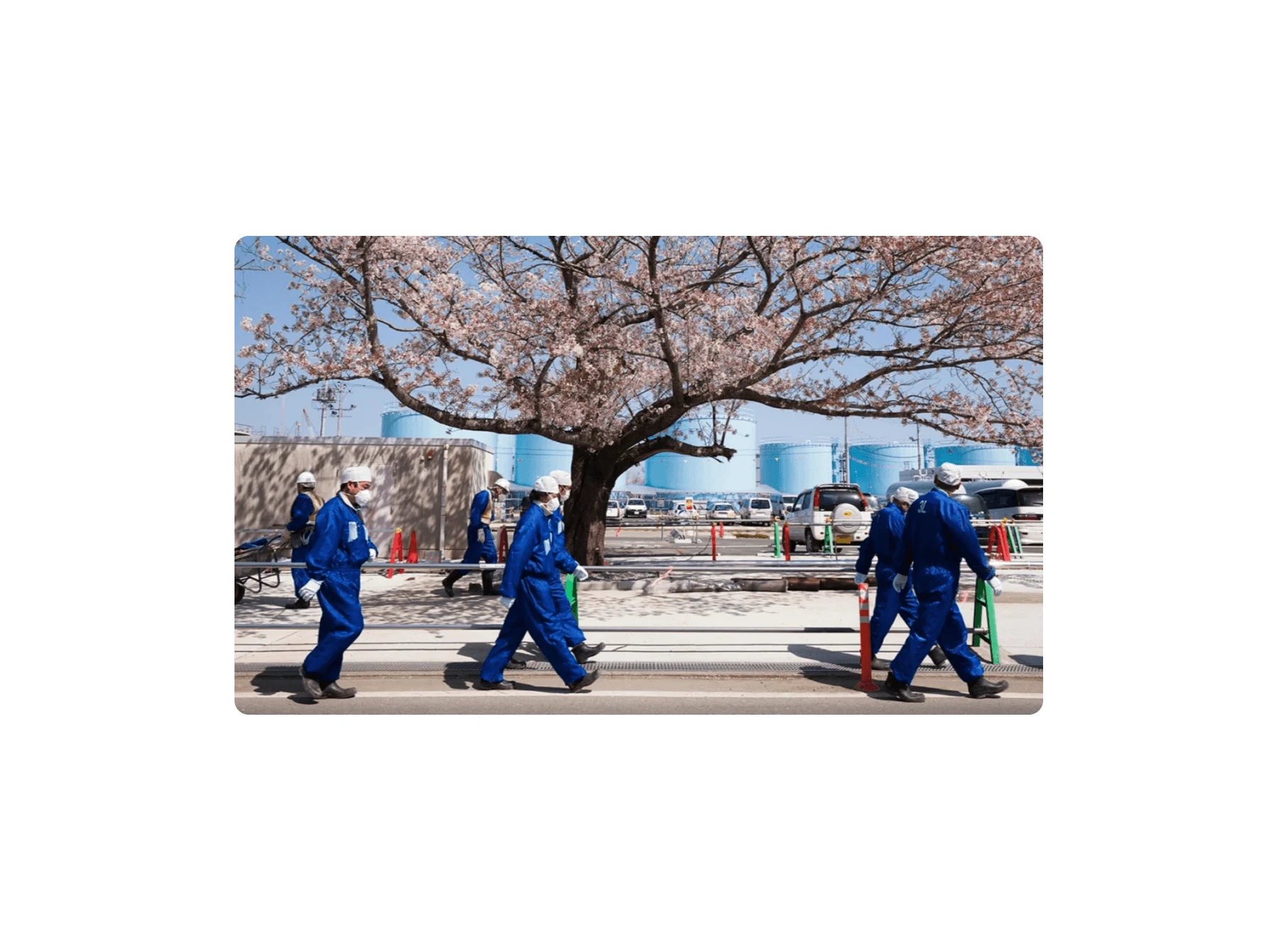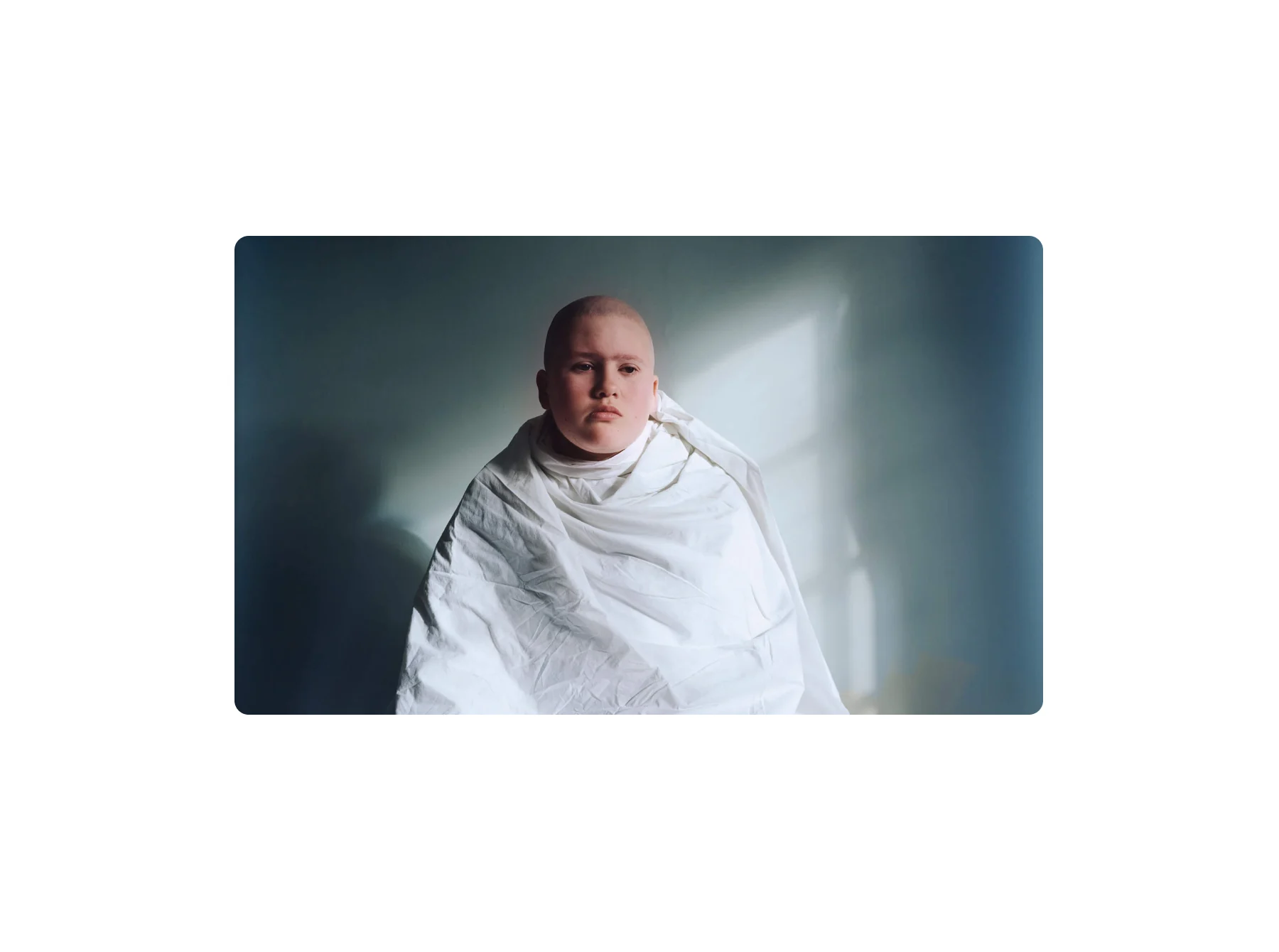
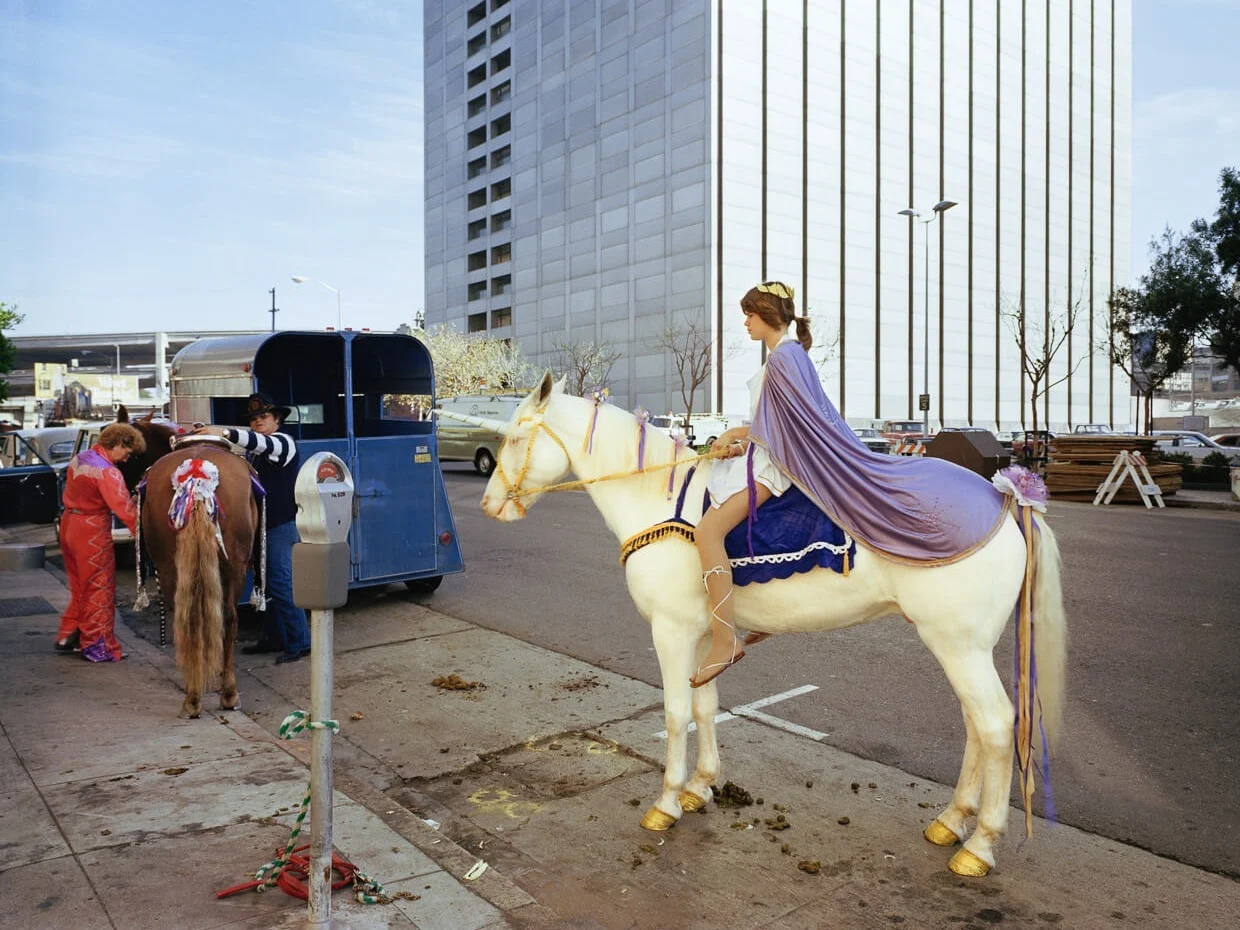
Starting in the 1970s, Janet Delaney has been photographing gentrification before anyone was familiar with the word. Capturing the South of Market (SoMa) neighborhood in San Francisco on full color film, she shows how a community changes when houses and shops are forced to make room for a big convention center.
Interview by Lucy Pike, words by Alix-Rose Cowie.
This story is part of Refocus, an initiative to showcase photographic talent from under-represented groups. This time we focus on age, to challenge an industry which too often prizes the newest and the youngest. We gave three grants to three photographers who've seen the industry change over the years, and whose talent is all the better for it. See the whole series here.
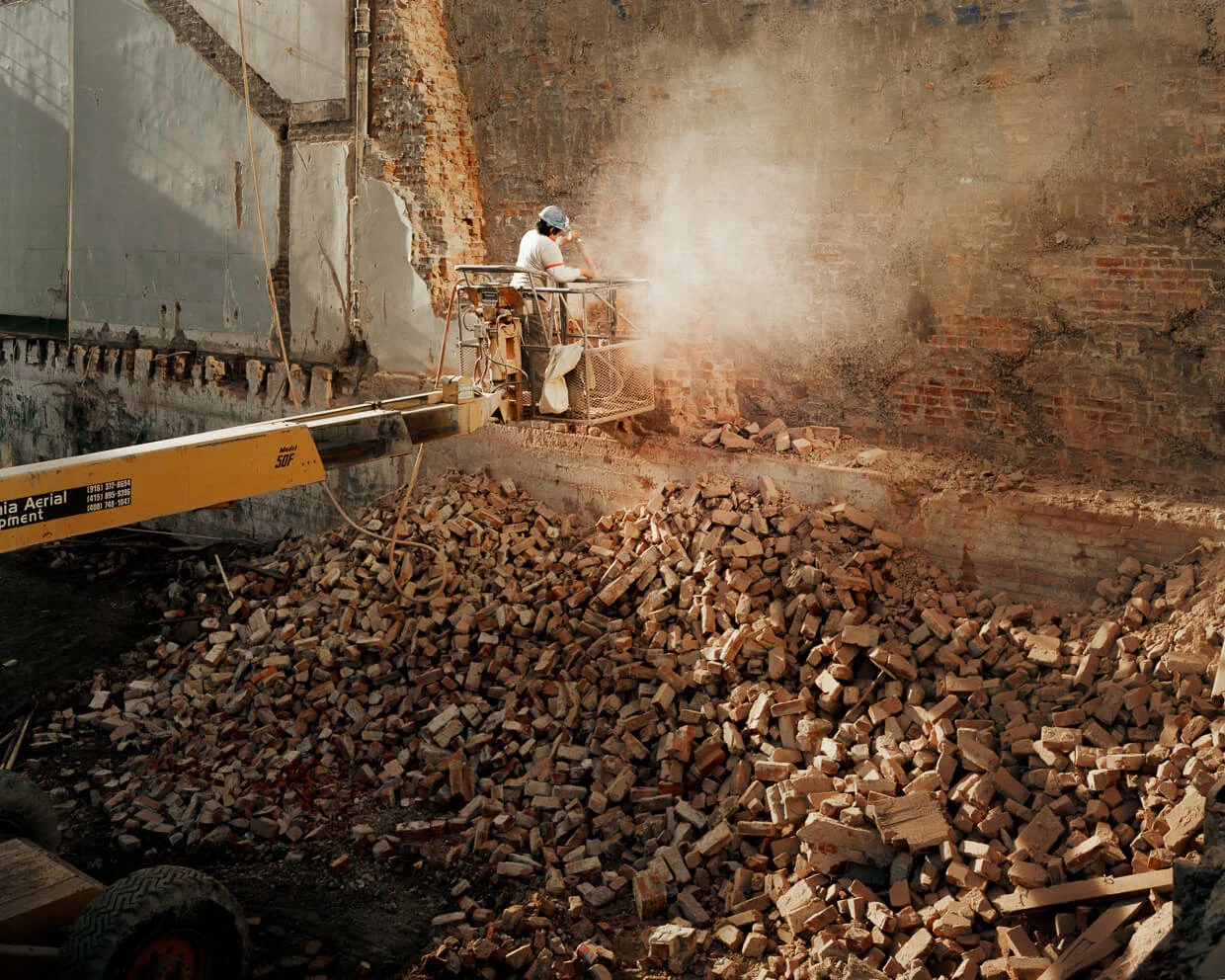
Growing up in Compton, California in the 1960s, Janet Delaney found photography. “It was a lifeline, as is often the case in high school, to another way of thinking and a purpose for being. The camera became my way to focus my life,” she says. She started photographing anti-Vietnam demonstrations and rock concerts in the 1960s and in 1971 moved to San Francisco to study the art further.
“I had a very formal, rigorous education in photography from people who had been trained by Ansel Adams and Edward Weston in the zone system and the production of silver gelatin prints ,” she says. “Meanwhile, I came from a world of tumult; of riots and the alternative culture that was being born in the 1960s.”
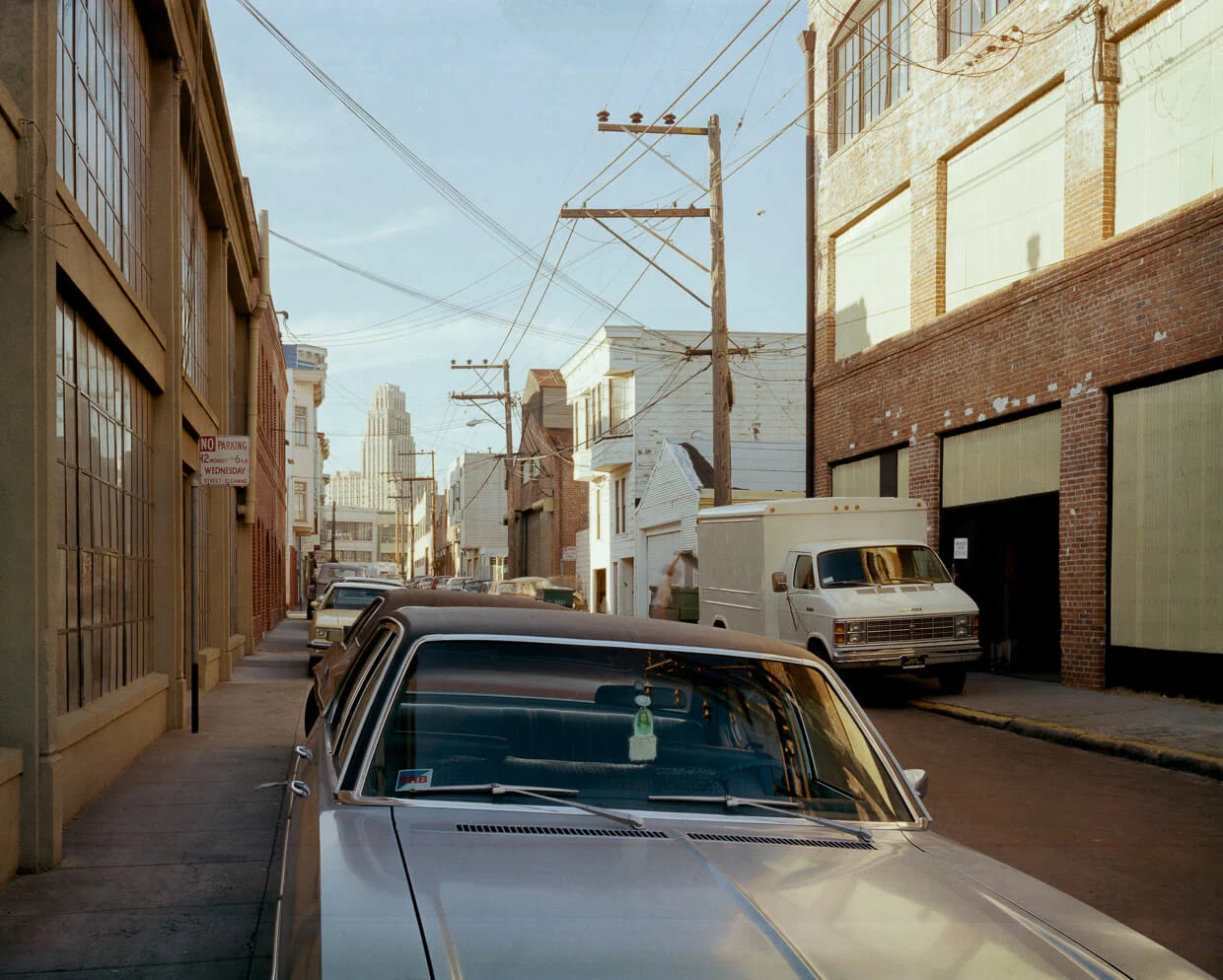
I came from a world of tumult; of riots and the alternative culture that was being born in the 1960s.
Merging these two contrasting worlds, Janet developed a way of working that bridged fine art photography with documentary. Unlike other street photographers, she’d shoot on the street with a view camera on a tripod, instead of from the hip with a portable 35mm.
In 1978, as a grad student, Janet moved to the South of Market district of San Francisco, a working class neighborhood where many young artists lived at the time. She’d become fascinated by issues around urban studies sparked partly by the construction of the monumental Moscone Center a couple of blocks from her apartment. A few years earlier, 5,000 residents and 700 businesses had been displaced to make room for the convention center and exhibition complex.
From 1978 to 1986, Janet set out to document the ways this new development, and the urban redevelopment in its wake, affected the small business owners and families who remained in the area as rising rent began pushing locals out.
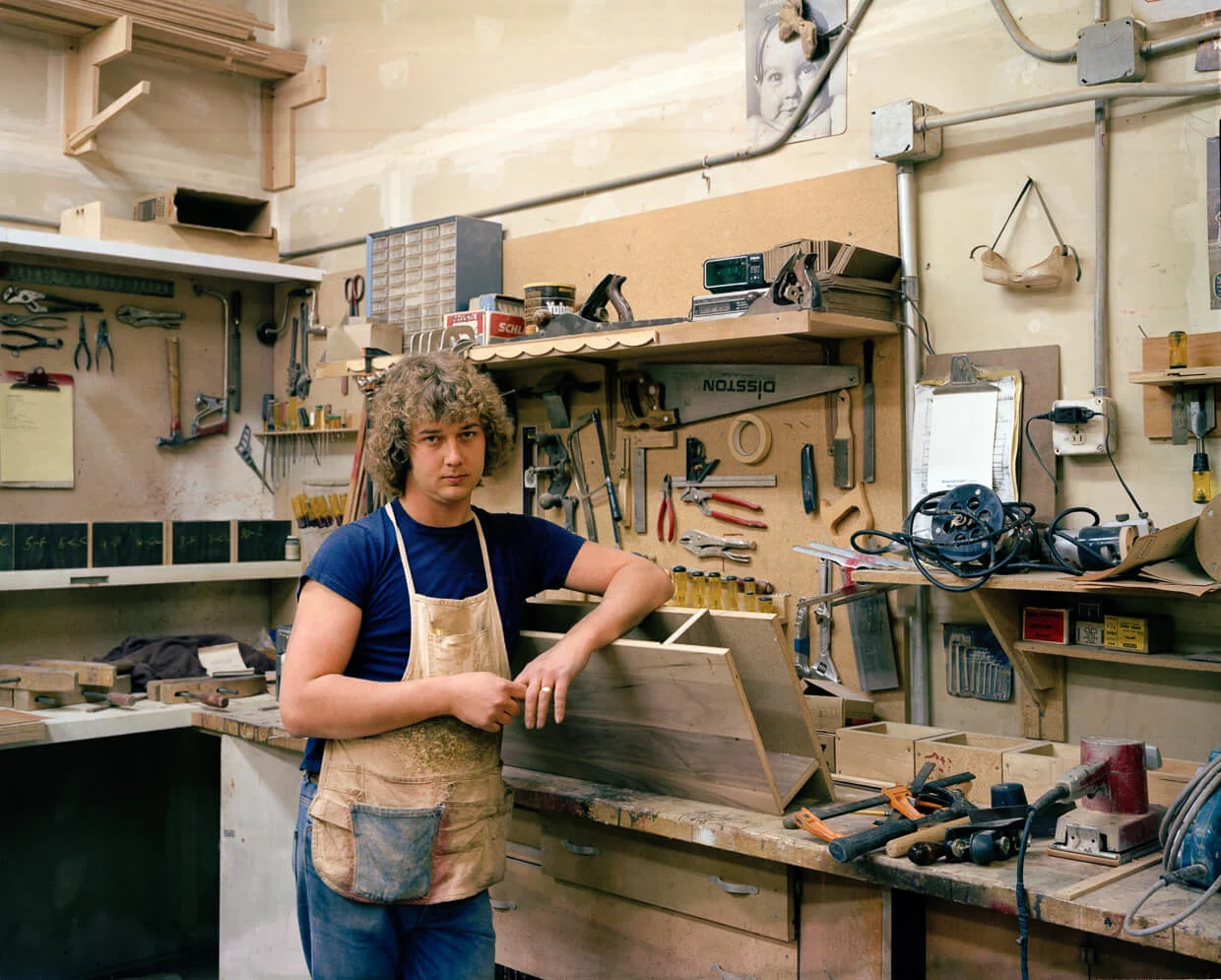
Her neighbors and people who worked in the area were her subjects. “A real mix of people,” she recalls. “I knew they were definitely in the process of losing that sense of community, because the price of living in that part of town was changing exponentially already in the mid-1980s.”
She’d walk the streets regularly looking for situations that represented the past and the future of the place, shooting in diners, in workshops and on construction sites. She’d set up her tripod on a street corner when the light was right and wait for the drama to unfold before her.
The fact that Janet shot in full color was a radical move for the era. “Initially people were quite thrown off because they expected you to photograph a somewhat destitute neighborhood in 35mm black and white film; making grungy pictures of bums and slums,” she says.
“My whole intention was the opposite, which was to really dignify what the working people of the neighborhood were doing by using a fancy camera and color film. People didn’t do documentary in color in 1980. There were other color photographers like Stephen Shore but he was hardly making a social statement.”
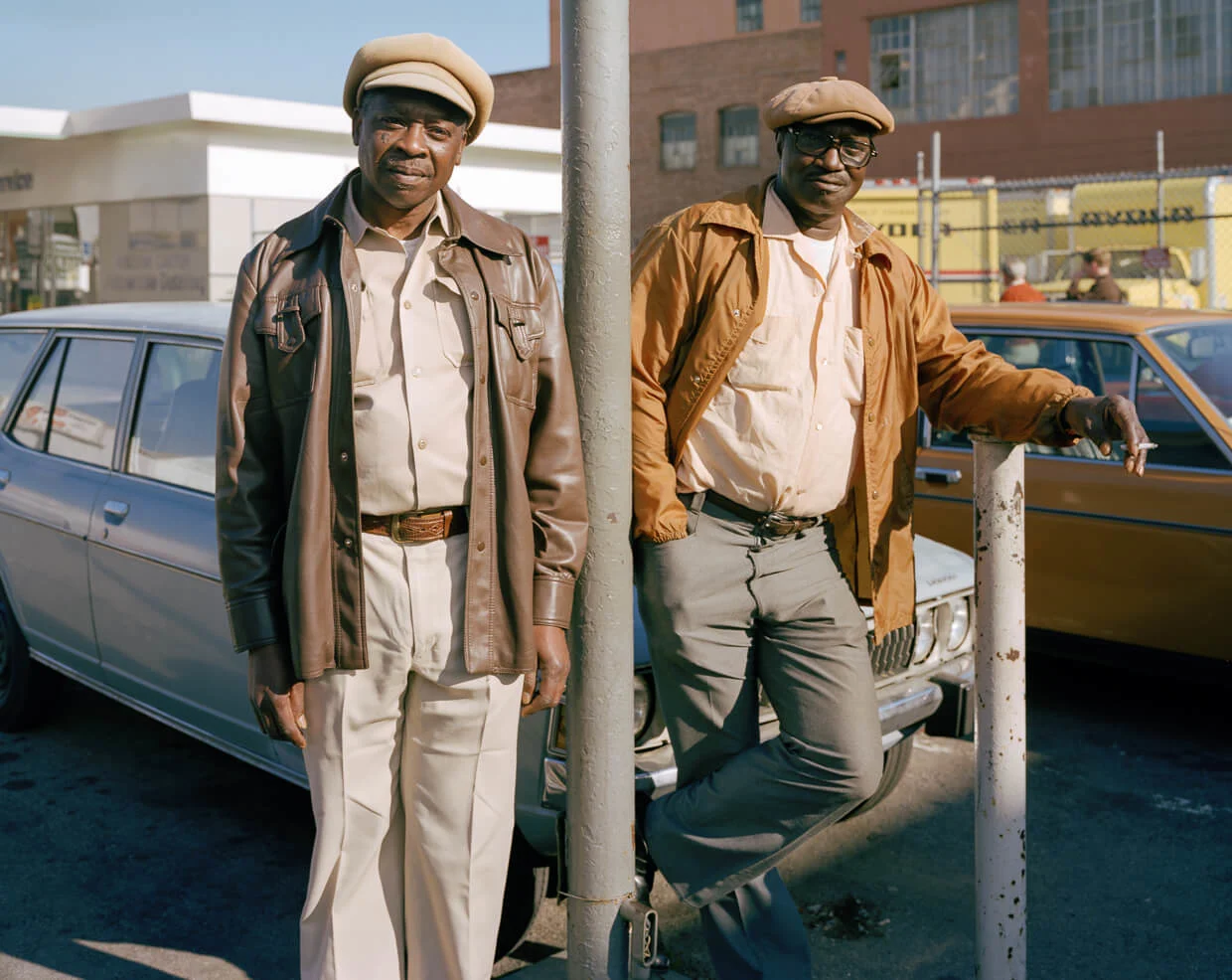
Her choice of film wasn’t the only way she was reimagining the genre – she also interviewed her subjects. “I was looking at a new way to make documentary work that was inclusive and acknowledged my role and my influence, and acknowledged my subject; not as an object but as a player in the conversation.” The theory was somewhat revolutionary then, but today it’s a guiding principle for documentary photographers.
Along with the photographs and interviews, Janet wrote a thesis about gentrification: a word that she had to define since it wasn't widely known at the time. She wrote about how gentrification was imminent and how it would change everything, but soon she found things were evolving at a pace that was difficult to capture in a photograph. “In reality, cities change slowly,” she says, “They change in fits and starts. I couldn't get the photographs that I was looking for that would really exemplify gentrification. I finally got one photograph of men in suits walking into South of Market, which was a totally blue collar neighborhood. When I saw that, I thought, okay, that may be as good as I'm going to get and I need to move on and do some other projects.” She put the project away taking her last photo for it in May of 1986.
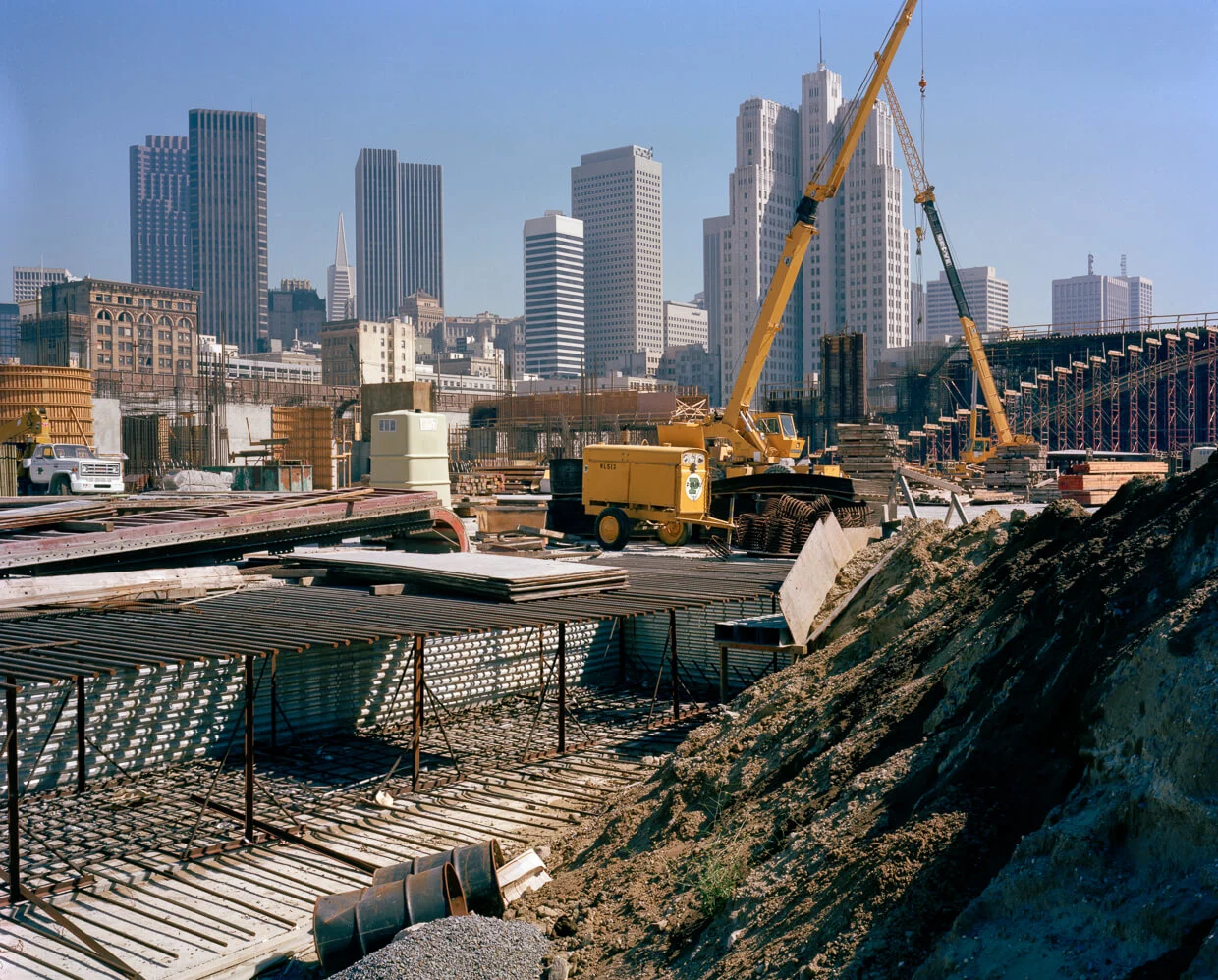
Time was the missing ingredient that made all the difference. In 2013 Janet’s project South of Market 1978 - 1986 was published. “In the 1980s a photographer has to be at a certain level commercially in the fine arts to merit a color photo book because the technology to produce such a book was really very complicated,” she says. "I'm not going to say that gender also didn't play a role."
Fine art success was elusive for women of the time. As a young photographer, Janet tried to get assistant work but this was a role reserved for men. “Men rarely hired women to assist because we were supposed to be able to carry heavy things and they didn't think we could,” she says. “Meanwhile, I was working as a baker and slogging 50 pound bags of flour around and making hundreds of loaves of bread every day. And somehow I wasn't strong enough to be an assistant.”
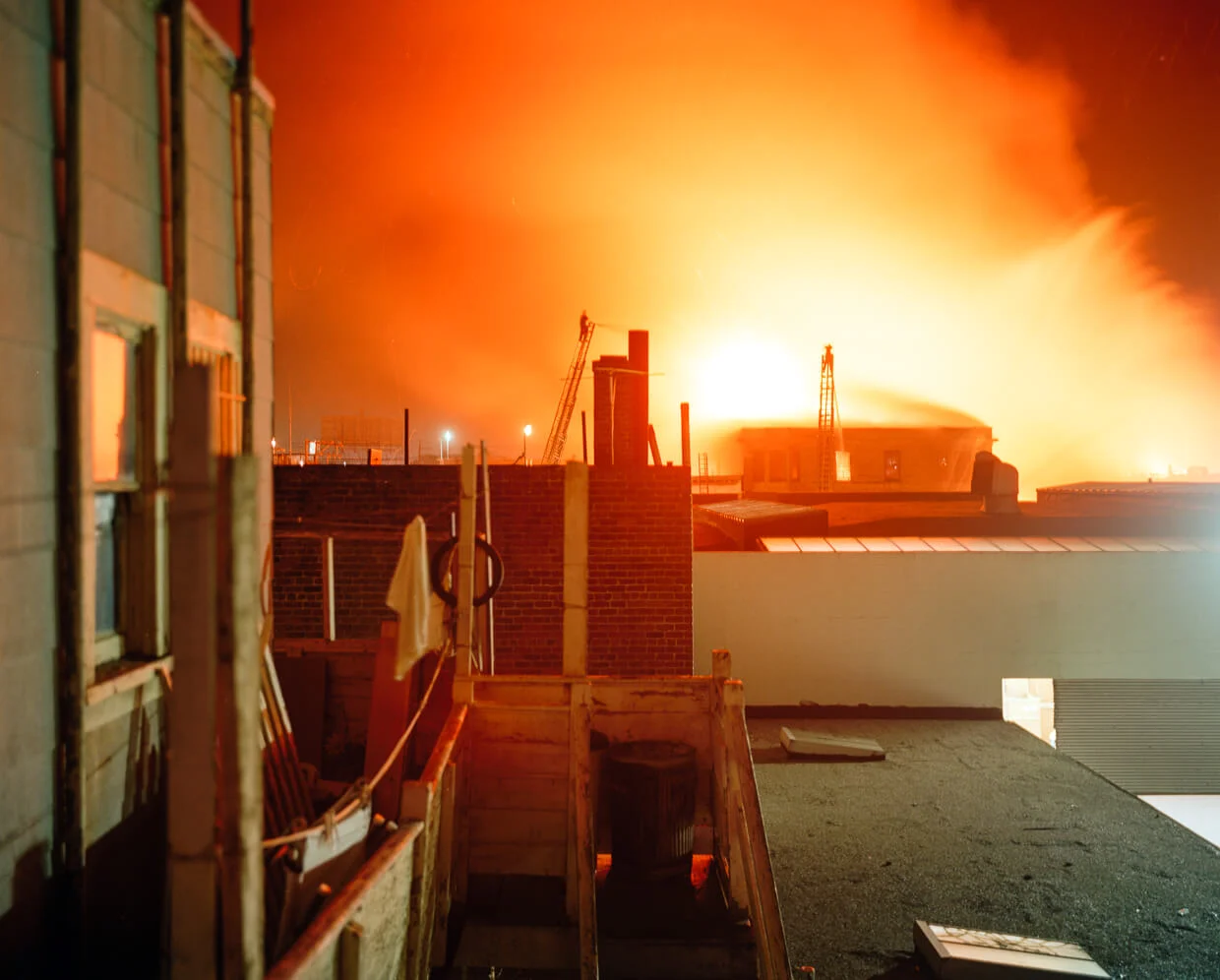
As I revisit this neighborhood with my camera, I can see the future I had only vaguely imagined in the 1980s.
She also came up against resistance from the art world when she decided to have children. “When I had my second child, that was it. You could kind of sneak one in, but when you have the second one the art world was like, no, no, no. She's not playing ball anymore. She's off on a different court.” Janet raised her kids while doing editorial work, teaching photography at university level and producing new bodies of work focussed on the home front.
Now based in Berkeley, Janet began making trips back to her old neighborhood in 2011 as SoMa, as it’s now known, was being redefined once again by the tech industry boom in the Bay Area. The new wave of change has given her photos from the 1970s and 1980s a renewed relevance.
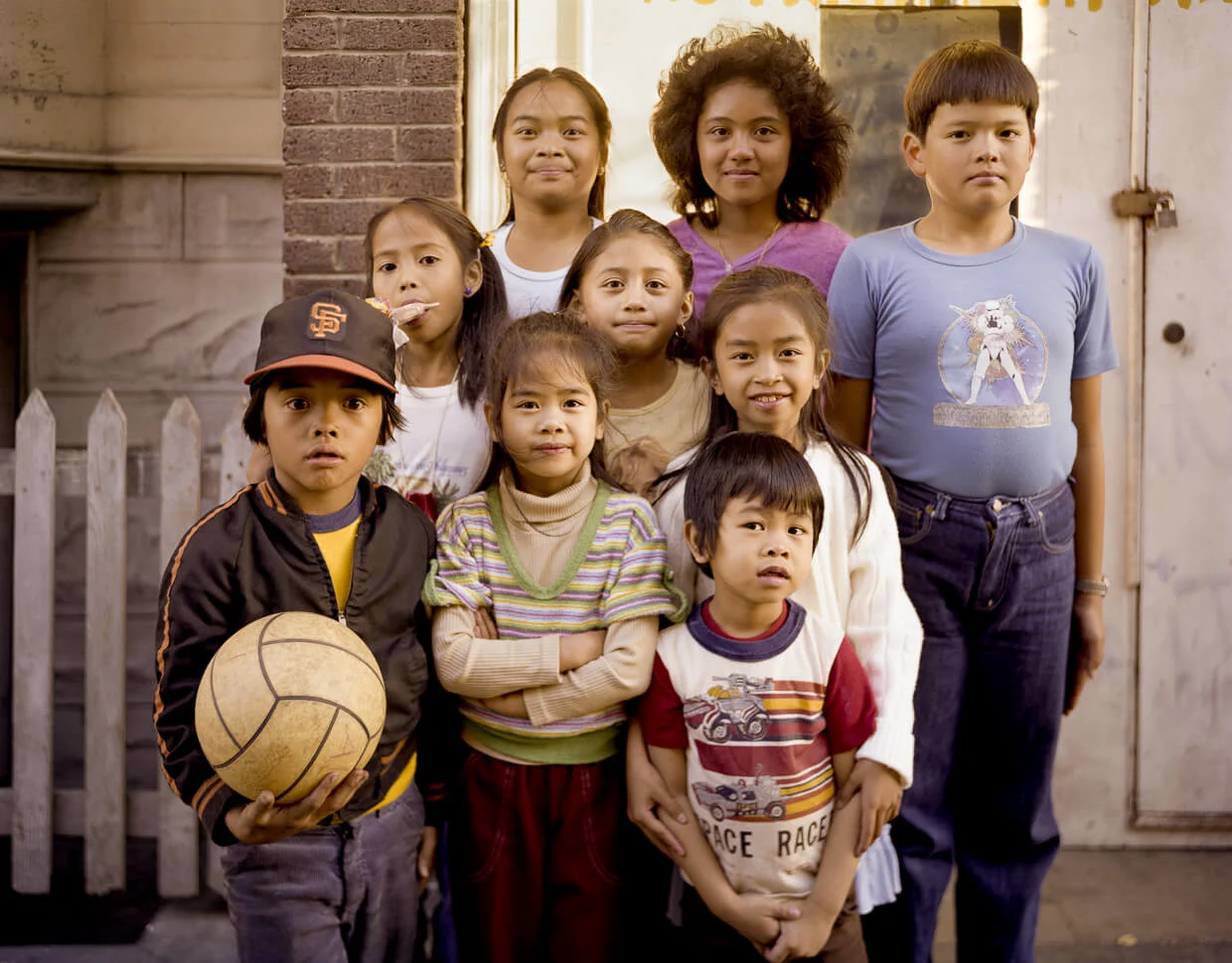
“As I revisit this neighborhood with my camera, I can see the future I had only vaguely imagined in the 1980s,” she says. “In the hiatus of almost 30 years, things have changed dramatically and even since 2011 it's been a flurry of evolution.”
Her ongoing project SoMa Now focuses on the people who work and live here now, in slick apartments or on the street. “It’s a really strange, almost dystopian environment with the homeless and millionaires saddling along the street,” she says. Her hope is that the people who have moved there in the last five to ten years pick up on what she believes to be the underlying ideology of San Francisco: supporting diversity and embracing empathy.


